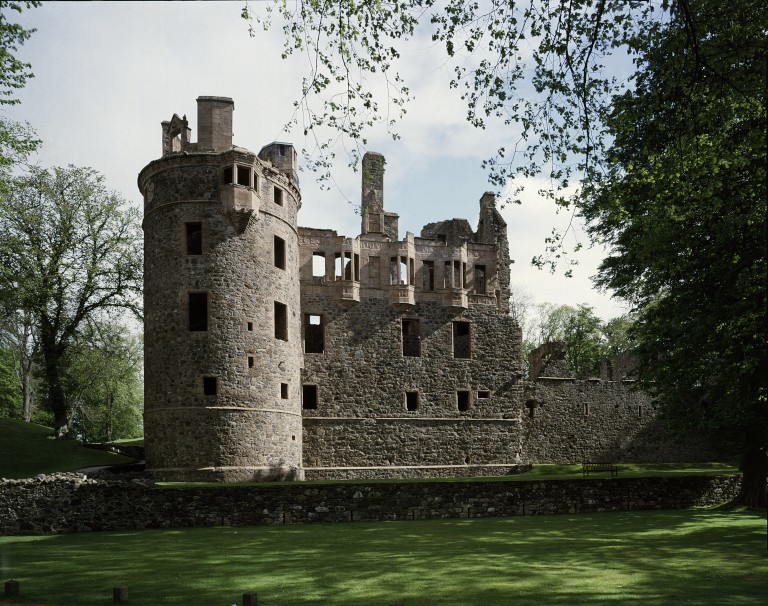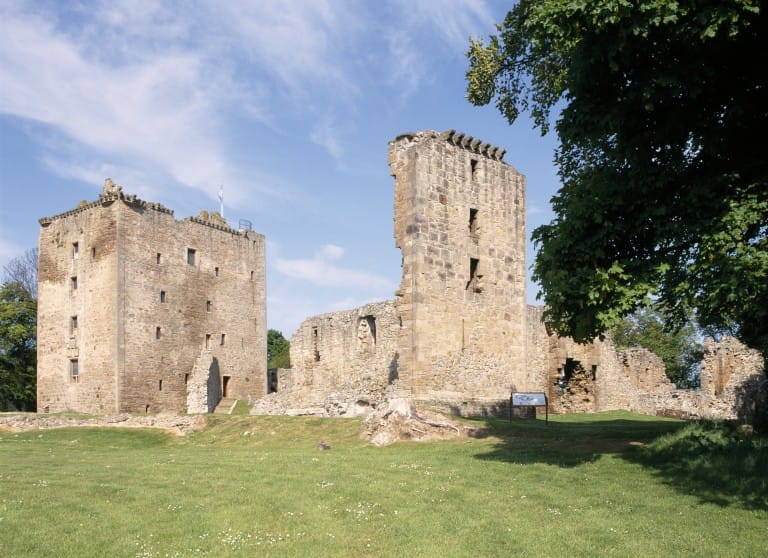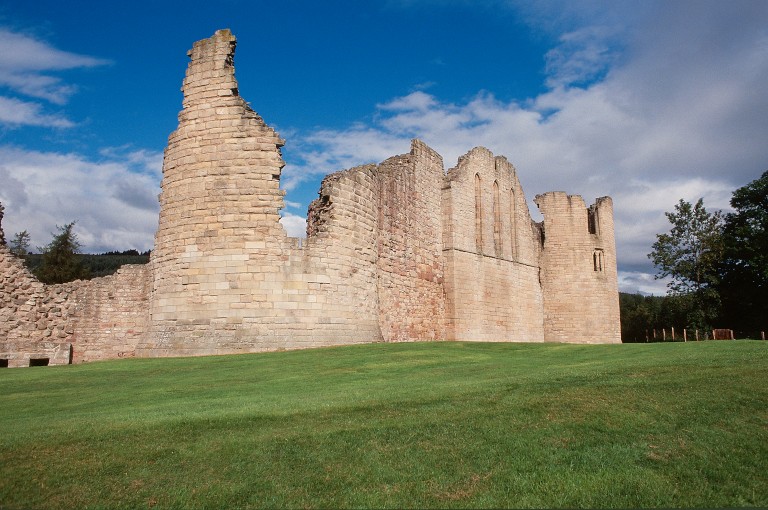Balvenie Castle: A Historic Scottish Fortress and Residence
Visitor Information
Google Rating: 4.4
Popularity: Low
Google Maps: View on Google Maps
Official Website: www.historicenvironment.scot
Country: United Kingdom
Civilization: Unclassified
Remains: Military
History
Balvenie Castle stands near Dufftown in Scotland and was built by members of the medieval Scottish Comyn family in the early 13th century. It arose soon after William Comyn, a prominent nobleman of the time, married Marjorie, the daughter of the last Celtic Earl of Buchan, cementing his claim as Earl of Buchan and Lord of Balvenie. The castle’s earliest secure record appears in 1304 when King Edward I of England returned the “castle of Mortlach” to John Comyn, 3rd Earl of Buchan, an identification scholars associate with Balvenie due to its closeness to Mortlach parish church.
During Scotland’s Wars of Independence, the Comyn family’s allegiance wavered among competing kings, including Edward I, John Balliol, and Robert the Bruce. In 1308, after Robert the Bruce defeated the Comyns, the castle came under the control of the Black Douglas family in the early 15th century. The Douglases held Balvenie until 1455, when King James II defeated them and reclaimed their lands. Three years later, Balvenie was granted to John Stewart, later the 1st Earl of Atholl, marking the start of a period lasting roughly two and a half centuries.
Under the Stewarts, especially the 4th Earl of Atholl (1542–1579), Balvenie Castle saw significant enhancements, including the addition of a Renaissance-style residence known as Atholl Lodging. In September 1562, Mary, Queen of Scots, stayed in the castle during her campaign against the Earl of Huntly, reflecting its importance among noble residences of the time. Following the death of the 5th Earl of Atholl in 1595 without male heirs, ownership reverted to the crown in 1610, and thereafter the castle passed through several hands over the 17th century.
Throughout the 17th century’s turbulent civil wars and Jacobite uprisings, Balvenie experienced military occupation but limited direct conflict. In 1689, government forces garrisoned the castle to hold strategic ground, though Jacobite forces captured it following their victory at the Battle of Killiecrankie. In the early 18th century, William Duff, Lord Balvenie, owned the castle but was not sympathetic to the Jacobite cause; his suicide at the castle in 1718 led to its abandonment as a residence. By the 1746 Jacobite rising, the castle was in ruins but still briefly housed government troops.
In 1929, Alexander Duff, 6th Earl and 1st Duke of Fife, entrusted Balvenie Castle to state care, where it is now preserved as a historic ruin under the management of Historic Environment Scotland. Its nearby location gave its name to the Glenfiddich and Balvenie whisky distilleries, linking the castle’s legacy with the region’s cultural heritage.
Remains
Balvenie Castle occupies an almost rectangular site measuring about 40 by 50 meters, enclosed by a substantial curtain wall dating back to the 13th century. This wall rises roughly six meters in height and reaches up to two meters thick, oriented closely along the cardinal east-west and north-south directions. Surrounding the castle was once a wide defensive ditch between nine and twelve meters across, now mostly filled in, which originally enhanced its protection. Along the tops of the surviving walls, fragments of former defensive walkways remain visible, hinting at their role in patrol and defense.
The castle’s main entrance lies on the eastern side and was remodeled during the 16th century by the 4th Earl of Atholl. Visitors would have passed through a vaulted passageway secured originally by an iron portcullis—a heavy gate designed to slide down—and two sturdy wooden doors reinforced for defense. Adjacent to this entrance lies a small guardroom designed for sentries to monitor and control access.
Inside, a central courtyard features a roughly mid-positioned well lined with oak, which dates from the castle’s original 13th-century construction. This well formed a vital water source within the secure enclosure. To the west, foundations and traces outline a two-storey wing likely erected during the Black Douglas tenure in the 15th century. This section probably contained a main hall and a large chamber above vaulted storage rooms, though only remnants survive today.
The south wing, also from the 15th century, housed functional spaces including kitchens, a large fireplace, and a brewery. Significant remains of these features help illustrate the castle’s capacity for self-sufficient living and food preparation. The best-preserved portion is the east wing, which incorporates the Renaissance-style Atholl Lodging introduced in the 16th century by John Stewart, the 4th Earl of Atholl. This three-storey residence includes an attic and a distinctive large round tower positioned at its northeast corner.
Two smaller stair towers stand flanking the courtyard side of the east wing. On the ground floor, vaulted rooms provided servants’ quarters, each equipped with a fireplace and latrine, ensuring accommodation and sanitation for staff. Above, the Earl’s and Countess’s apartments contained a series of halls, outer and inner chambers, all furnished with latrines and large iron-grilled windows, which allowed for light and fresh air while maintaining security.
The southern section of this east wing held a two-storey kitchen complex featuring large vaulted rooms and fireplaces, accessible via an external staircase. Heraldic panels decorating this wing display the coats of arms of the Scottish monarch, John Stewart, and his first wife Lady Elizabeth Gordon, linking the architecture to its noble patrons. All original wooden components, including roofs and window frames, have vanished over time, rendering the surviving stonework essential for understanding the castle’s former stature.
Today, conservation efforts have stabilized these ruins to prevent further decay, with the remaining stone structures offering a glimpse of Balvenie Castle’s layered history, illustrating the transformations from medieval fortress to Renaissance residence. Its setting close to Dufftown and nearby famous distilleries connects the ruin to Scotland’s continuing cultural landscape.










